Daimler Truck: Infrastructure is the bottleneck
The big star of the night was the eActros 600, Daimler’s long-haul truck. Production will kick off in November, and the first units will be delivered before the end of the year, Daimler Truck says. Logistics companies are ready to go electric: the manufacturer announced that it already has more than 2,000 firm orders on the books.
The eActros 600 just completed a 15,000-kilometre test drive from Germany to the north of Europe, then to the south, and back to Germany. electrive got to ride along for part of the journey through Norway – read about it here. And the electric truck was sent on another tour that evening. It will drive to Berlin and back to bring back Berliners (German jelly doughnuts) for the company’s press conference on the first day of the trade fair. But it did not do so because someone at Daimler Truck has a sweet tooth.
“We want to send a message to the policymakers in Brussels and Berlin,” Daimler Truck’s incoming CEO Karin Radström said as the truck left the trade fair hall. “Our zero-emission vehicles are ready, and now the infrastructure must follow.”
It was a message the company’s managers kept repeating: “Infrastructure is becoming a roadblock for sustainable transportation.”
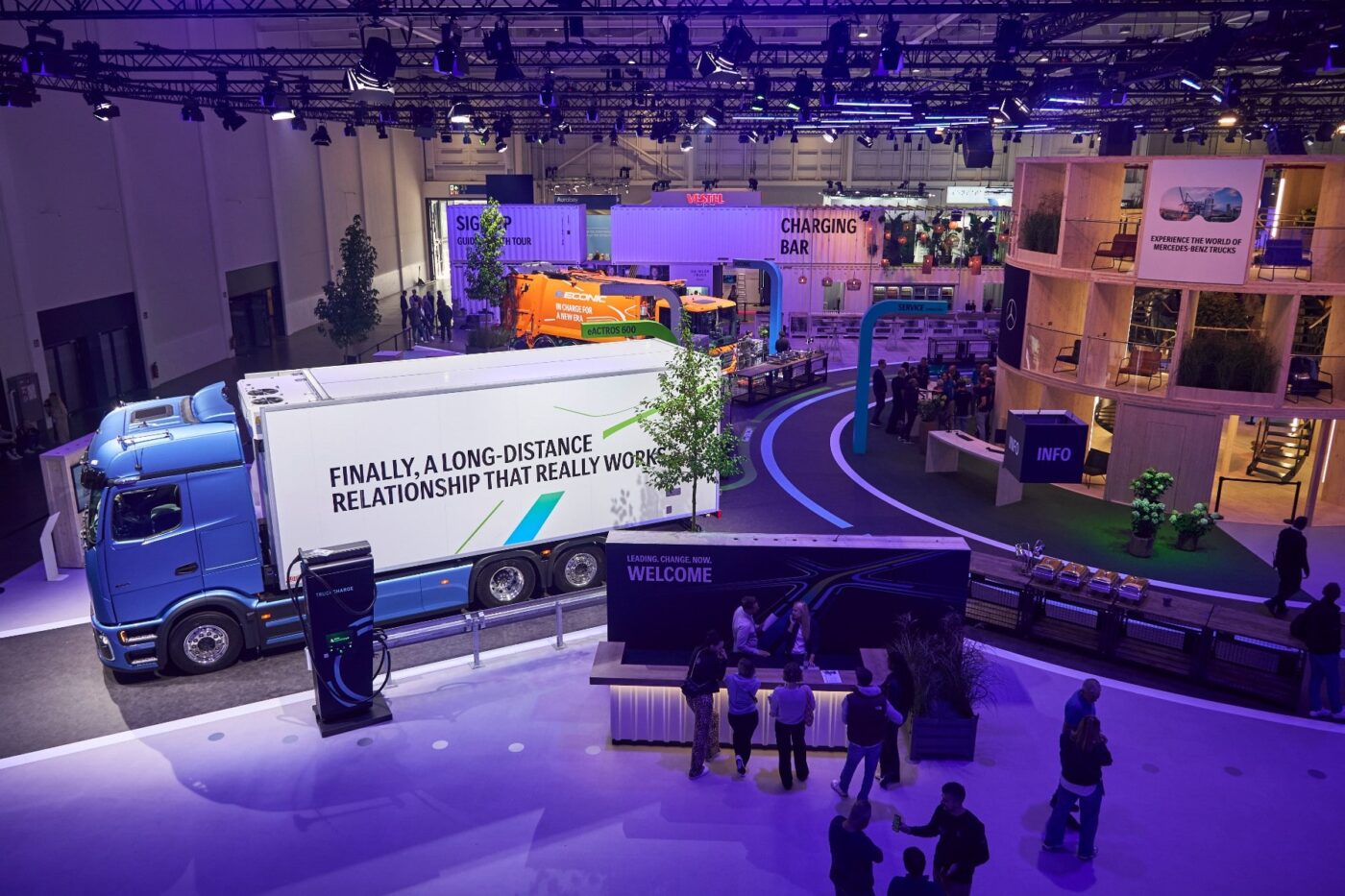
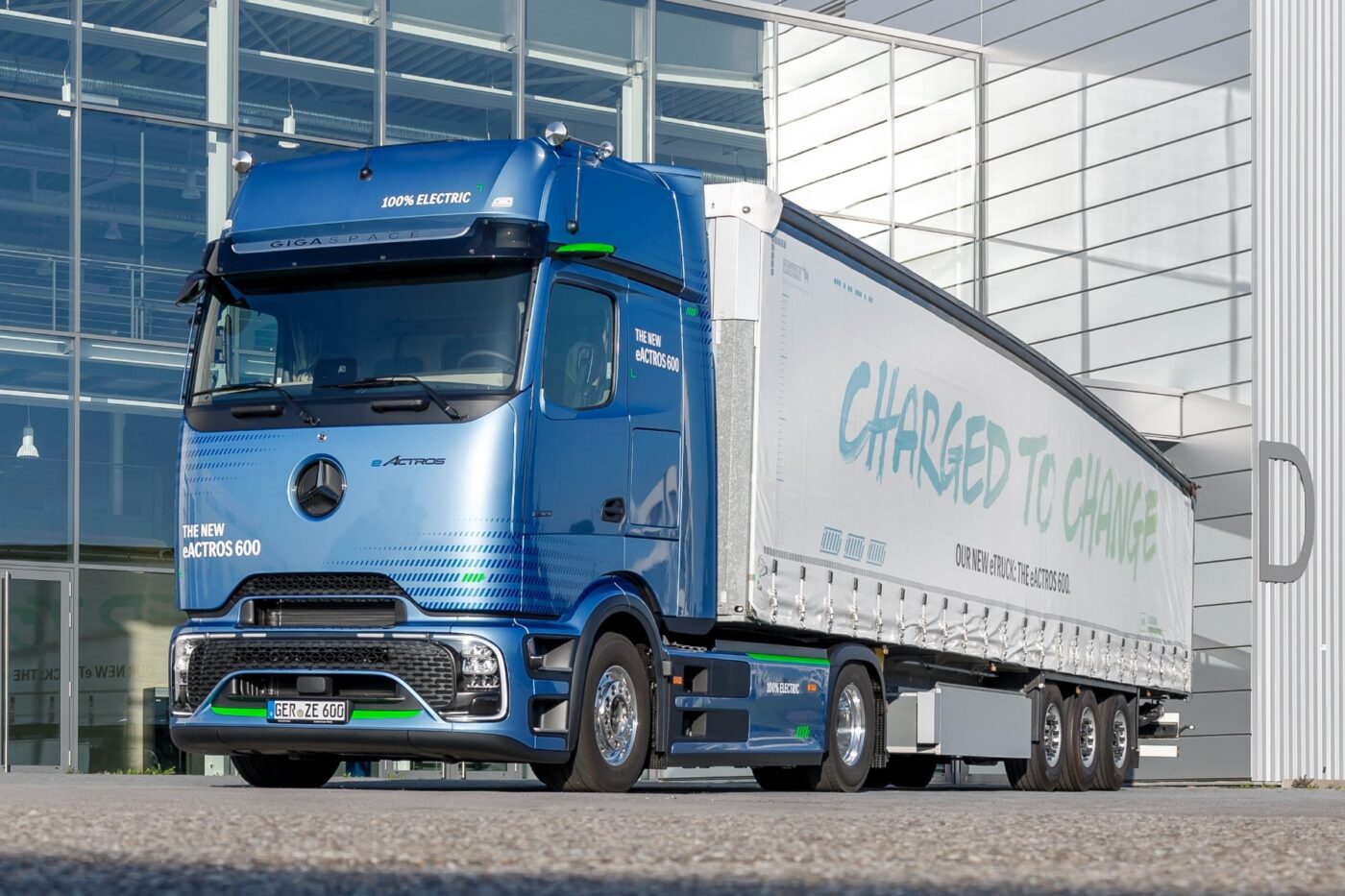
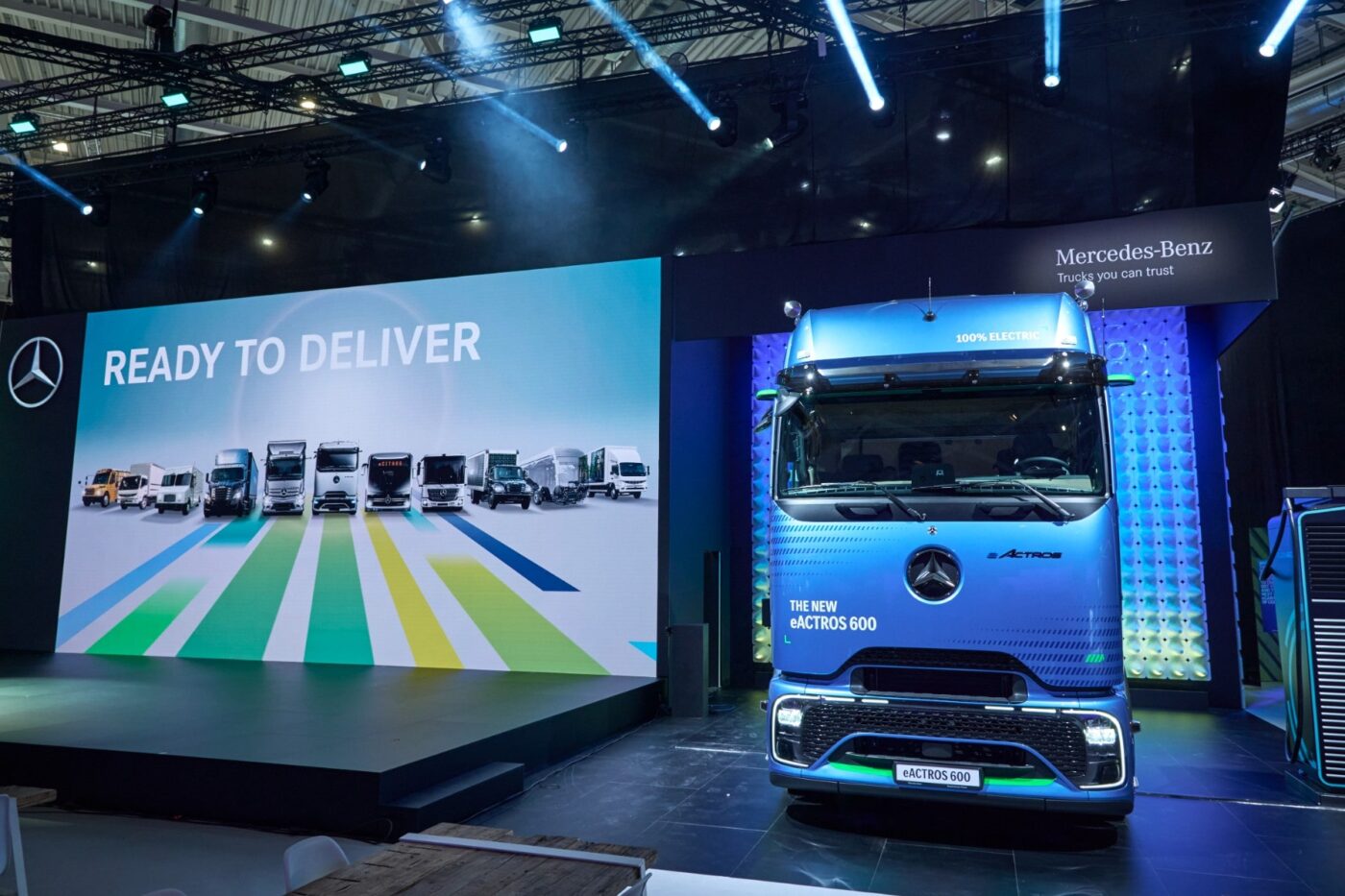
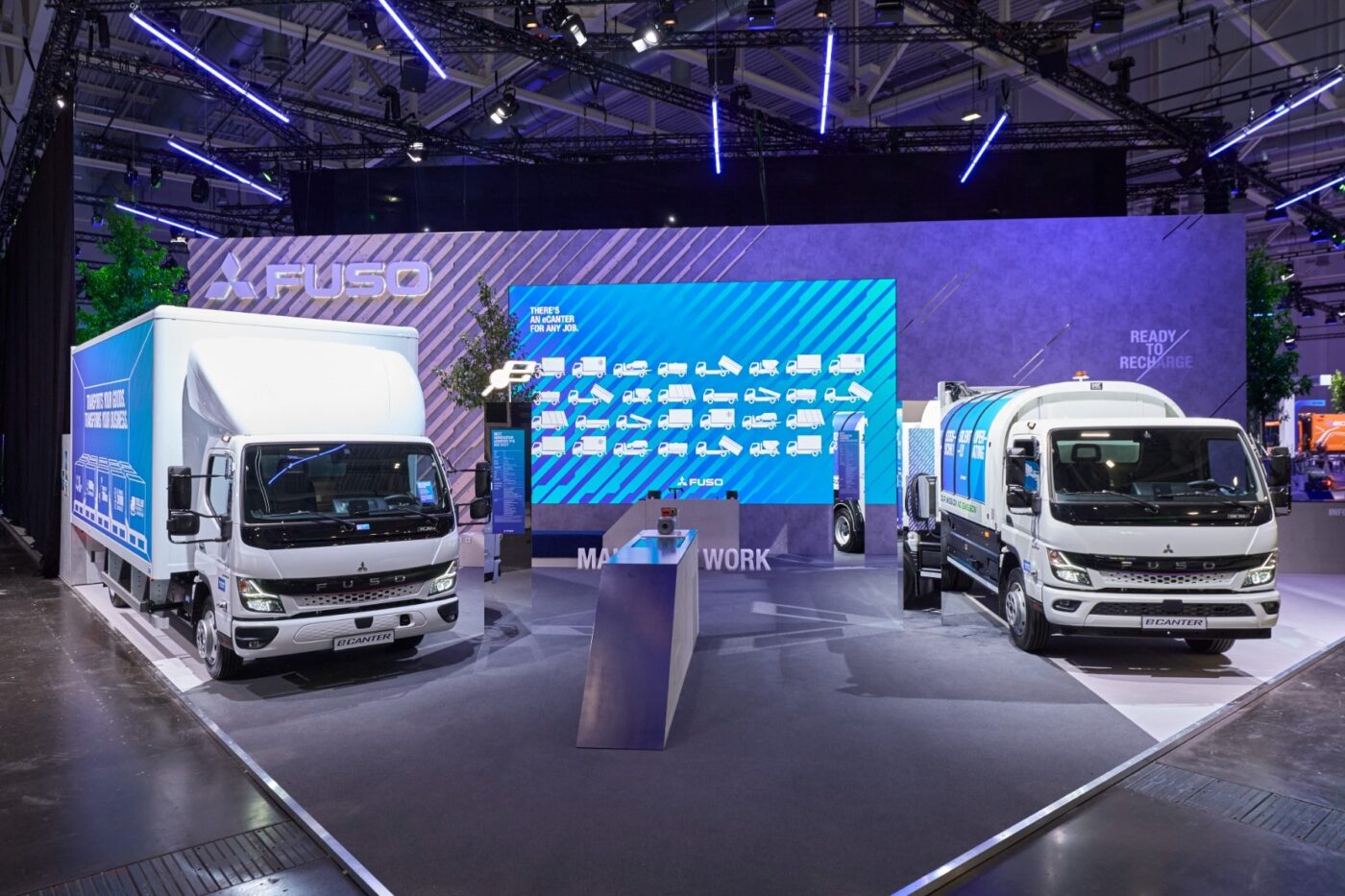
“We, as an industry, are not the problem,” outgoing CEO Martin Daum emphasised. “We are part of the solution. “The products were there, and now it was time to install the infrastructure to get electric trucks on the road.”
According to Radström, there are only about 600 charging stations for heavy-duty electric trucks in Europe. But, to continue the electrification of the transport sector, it would need 35,000 chargers by 2030. “And those 35,000 are not some artificial number I made up; it is derived from the CO2 targets we as an industry have.” To reach that target, CPOs would have to install 400 chargers per month.
She did say that the European Regulation AFIR was a good place to start. “Unfortunately, the target [of chargers to be built] is much lower than what we need to reach our CO2 targets and decarbonise Europe,” Radström explained. She proposed to make the regulation “much more ambitious and much more binding.”
Another segment is electrifying: Europe is seeing an increasing number of electric buses on the road, and Till Oberwörder, CEO of Daimler Buses, explained that the manufacturer was electrifying entire depots across Europe. “We are currently transforming over 20 depots throughout Europe,” he said.
Oberwörder arrived by bus to the event – namely the new electric eCitaro K. It measures 10.6 metres and has a smaller wheelbase than its big brother. It enables a turning radius of 17.28 metres, which is great for city traffic. Just like the other eCitaro buses, it has up to six battery modules and offers a range of 300 kilometres. And it has room for 84 passengers – just seven less than the eCitaro.
A second Daimler manager arrived by electric vehicle: Karl Deppen, Head of Daimler Truck Asia, rolled in sitting in a Fuso eCanter. The truck’s latest generation will be available as a waste collection vehicle, which will first hit the road in Thessaloniki, Greece.
The Daimler Media Night at the IAA Transportation was also the first public event for Martin Daum and Karin Radström following the announcement that she would succeed him as CEO of Daimler Trucks from 1 October. Daum will stay on the Board until the end of the year to ensure a smooth transition. “2025 is the year to say goodbye, so I don’t become the Joe Biden of the trucking industry,” Daum joked.
But it was not all good news in Hanover – When asked whether or not the manufacturer will fully commit to the electric route or continue to offer diesel trucks, Andreas Gorbach, Board of Management of Daimler Truck and head of Truck Technology, was very clear: “We will stay competitive and compliant on the diesel side.” That means Daimler Truck will continue to sell and make [new] diesel trucks, even though the long-term goal remains full electrification.
Daum added, referring to the EU’s Green Deal and CO2-emission targets for the trucking industry, that just declaring that an industry needs to become zero-emission is not enough. “Just because we put legislation in place does not change anything. We need products,” he said. Again, pointing at the company’s own portfolio, the products in terms of electric vehicles were available. “The infrastructure is the issue! And therefore, we have to put all the political focus, money, will, and speed on infrastructure,” Daum said. “If infrastructure is not ready, our customers won’t buy because they cannot charge, then we have to delay the entire thing.”


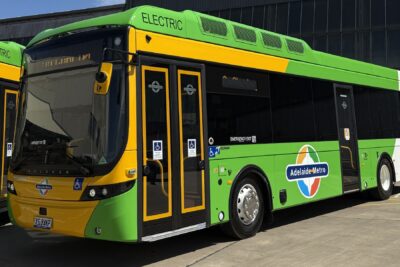

1 Comment